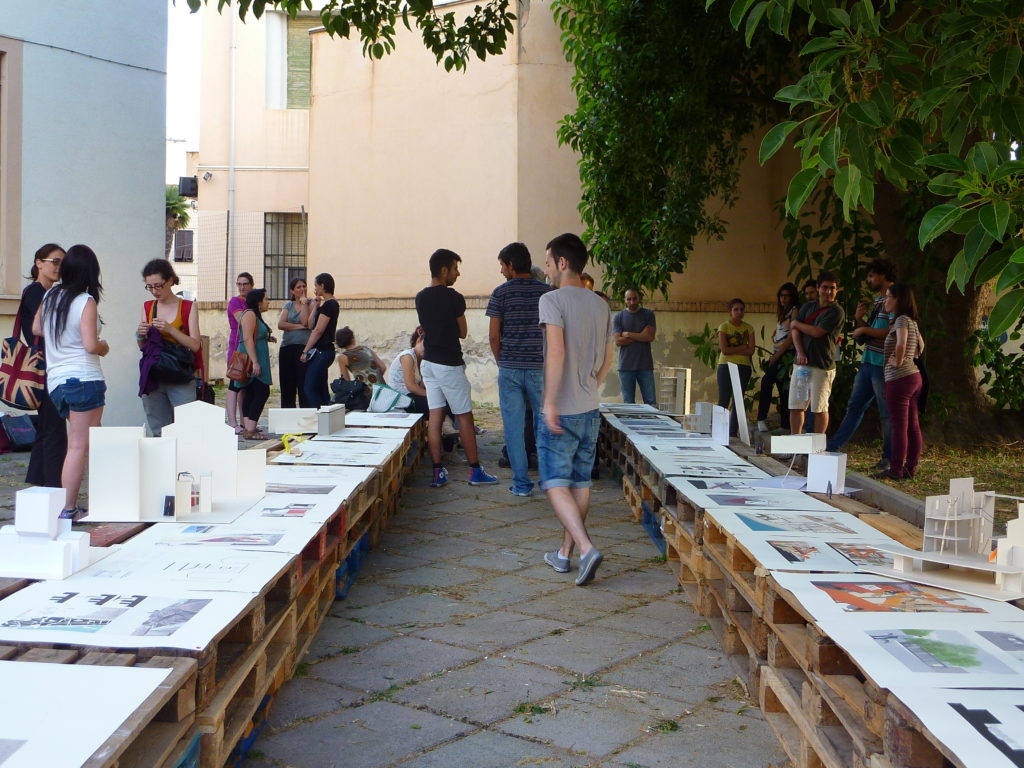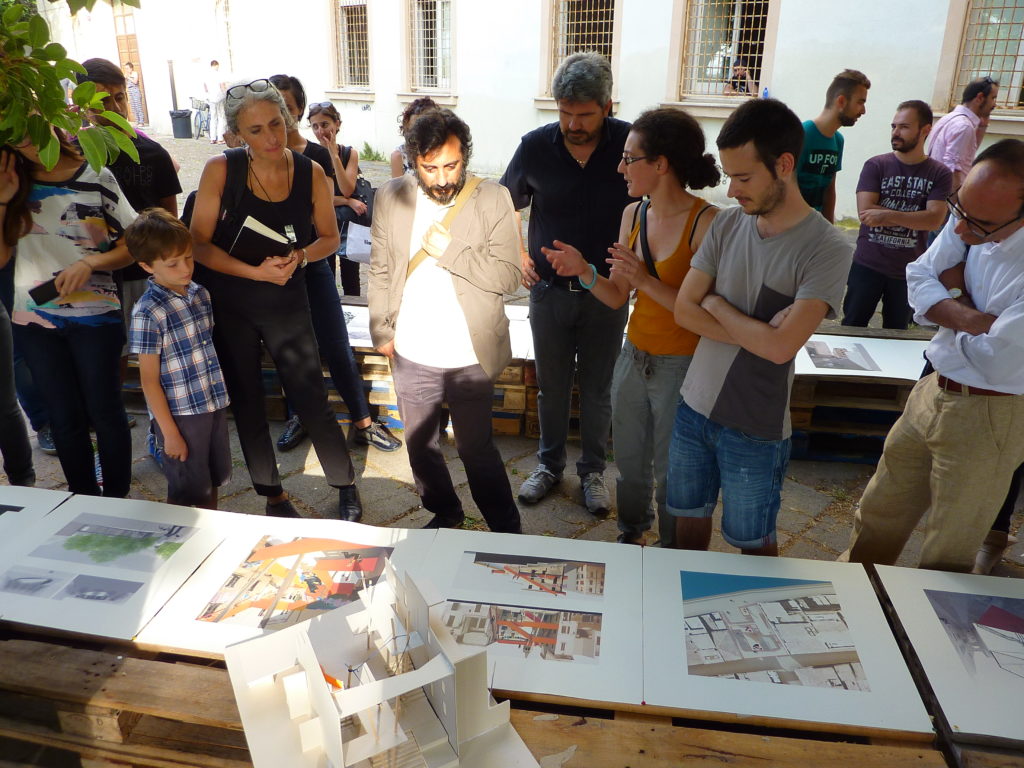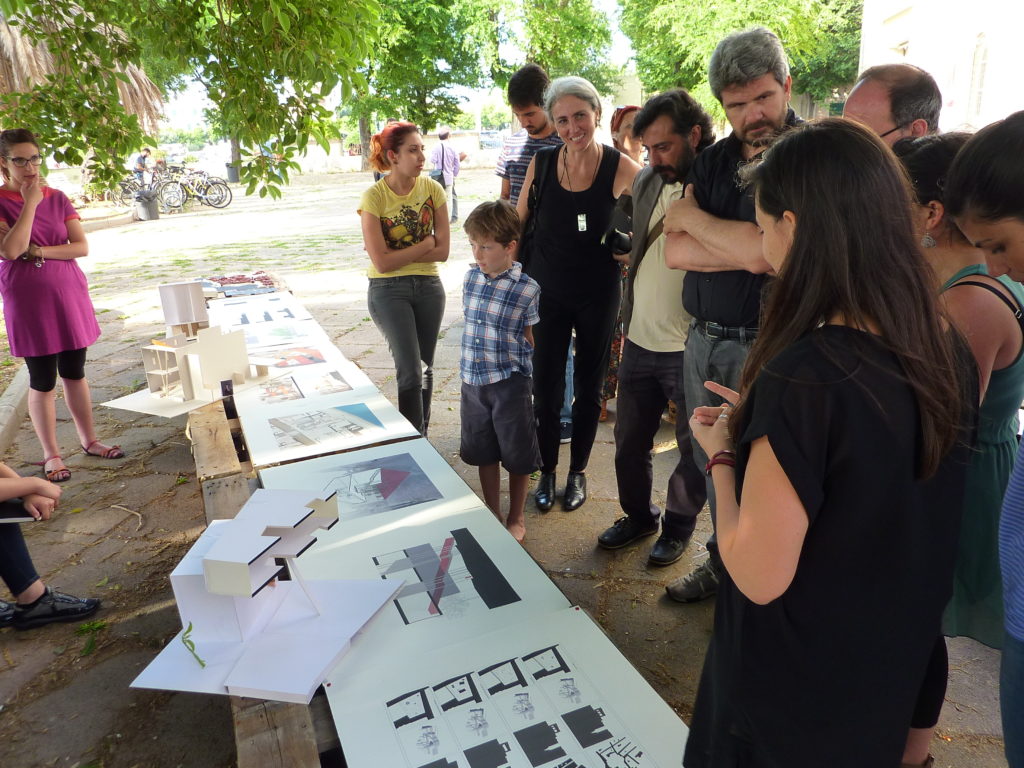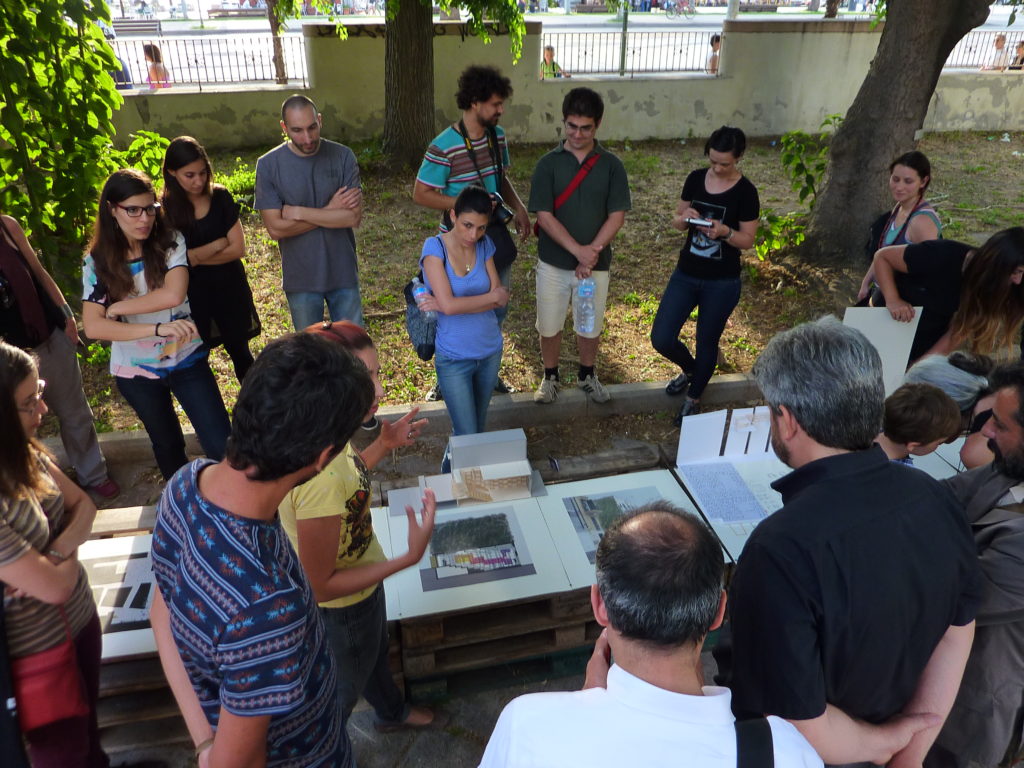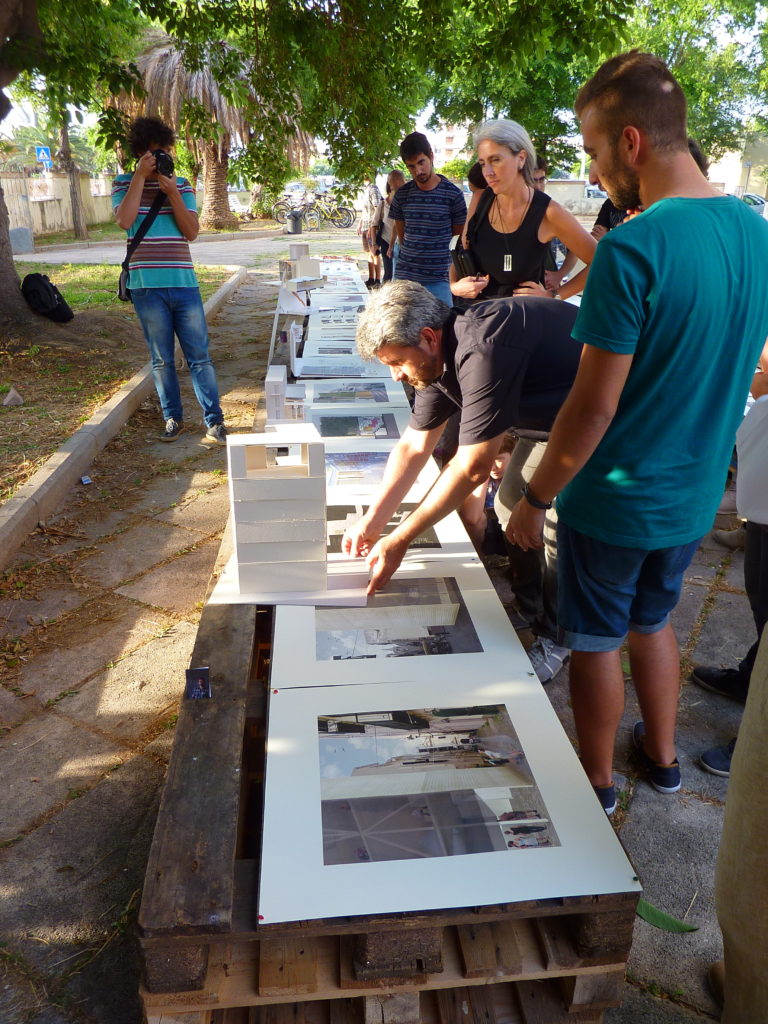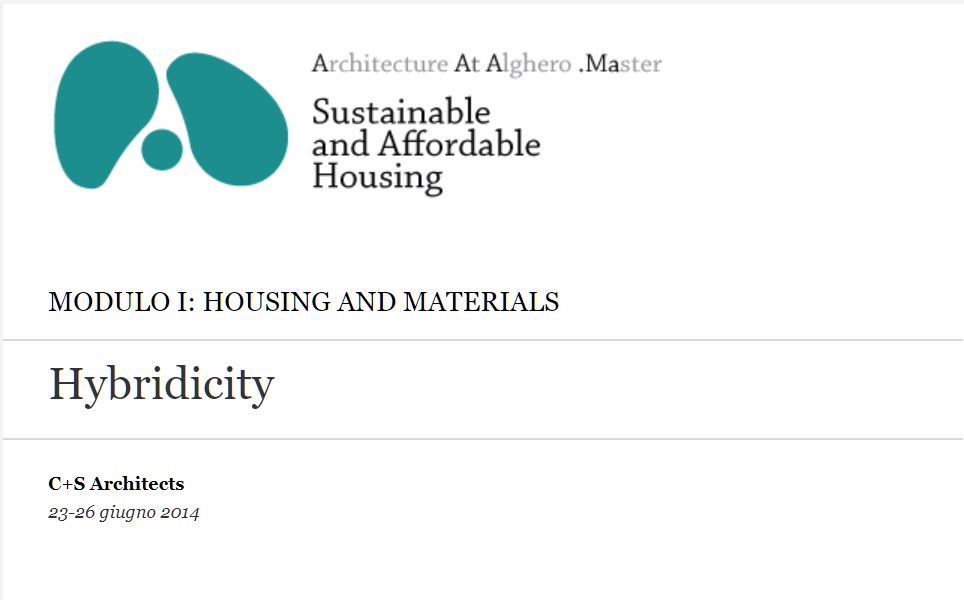C+S Architects
23-26 giugno 2014
SUSTAINABLE AND AFFORDABLE HOUSING
MODULO I: HOUSING AND MATERIALS
Hybridicity is the exploration of the potentiality of the inner spaces of the city.In a moment where a massive epochal changing is not only happening, but also accelerated by forces which go underthe names of ‘global urbanization’ and ‘digital technologies’, the demands of a sustainable city making in the 21stcentury seems to be the key argument under discussion.The fordist model of work, together with the politics of the State-Nations seems to be in crisis with the advent of globalization, while more space is acquired by transnational alliances, producing new forms of the design market, wherethe concept of labour is strongly shifting from a formalized space and time to an informal flow.These political, economical and anthropological changes produce their effects on the city making and the construction ofform, as well as on the actors involved and the questioning of the design processes.A molecolar economic strategy is transforming the city in its interior grain, producing a permanent energy of reformation: activities which do not aim to change the world in its totality. At the same time, they are not insignificant or temporary activities, but micro-transformations, adaptors which translatethe city as a space of interiors.Urban forces will therefore be explored at multiple scales: from the intimate scales of bodily positions and operations; to the architectural scales of building uses and orientations; to the urban scales of infrastructural flows and relationships.The studio will investigate the broader topic of city making, testing a series of specific sites of the consolidated city of Alghero.
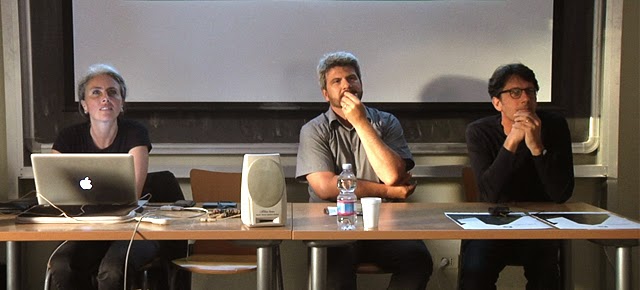
Course syllabus
The studio investigates the potentialities of city transformation, testing a series of specific sites within the historic city of Alghero. In each site the students (working in groups of two) are asked to design an ‘adaptor’, the hybrid program of which, will be part of the investigation process.
With the word ‘adaptor’ we mean an addition, a graft in the inner grain of the city, generated or generating a potential economic–scape. “We chose (and played with) the word adaptor to signify a physical configuration of a translation.
The word is composed of two syllables: ad and apt. We interpret apt as a soft technological element, an infrastructure necessary for a dialogue between incompatible systems. This allows connections and creates understanding without threatening the identity of each system. Ad is understood as both an addition and an advertisement, related to communication and manipulation.” (C. Cappai, M.A. Segantini, LCV, in <> n. 29, 2013). Goal of the studio is to examine the role of socio-political and economical contexts, serving as determinants in the generation of architectural form, space and time and to question the nature of the design process as something that alternates between a series of intuitive, cognitive and ‘in field’ observations and actions. To this end, emphasis will be placed on using various techniques of sketching, drawing, collaging and modeling as methods for investigating the design process and developing richer and multiple interpretations of architectural form.
Output of the studio will be a series of physical models in different scales and three 60x60cm panels each of which will contain only one key drawing of the ‘adaptor’.
Bibliography
Reyner Banham, A Home is Not a House, 1965
Andrea Branzi, Modernità debole e diffusa. Il mondo del progetto all’inizio del XXI secolo, 2006
Andrea Branzi, Una generazione esagerata. Dai radical italiani alla crisi della globalizzazione, 2014-06-17
Andrea Branzi, Armin Linke; Alessandro Rabottini, Gli strumenti non esistono. La dimensione antropologica del
design, 2013
Claude Lichtestein, Thomas Schregenberger, As Found. The Discovery of the Ordinary, 1993
Gilles Deleuze, La Piega, 2004
Francois Jullien, Le trasformazioni silenziose, 2011
Rem Koolhaas, Junkspace, 2002
Marshall McLuhan, The Medium is the Message,1964
Paul Virilio, Environment Control, 2000
